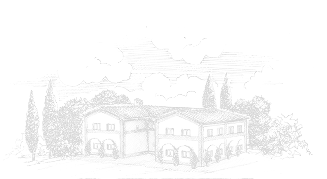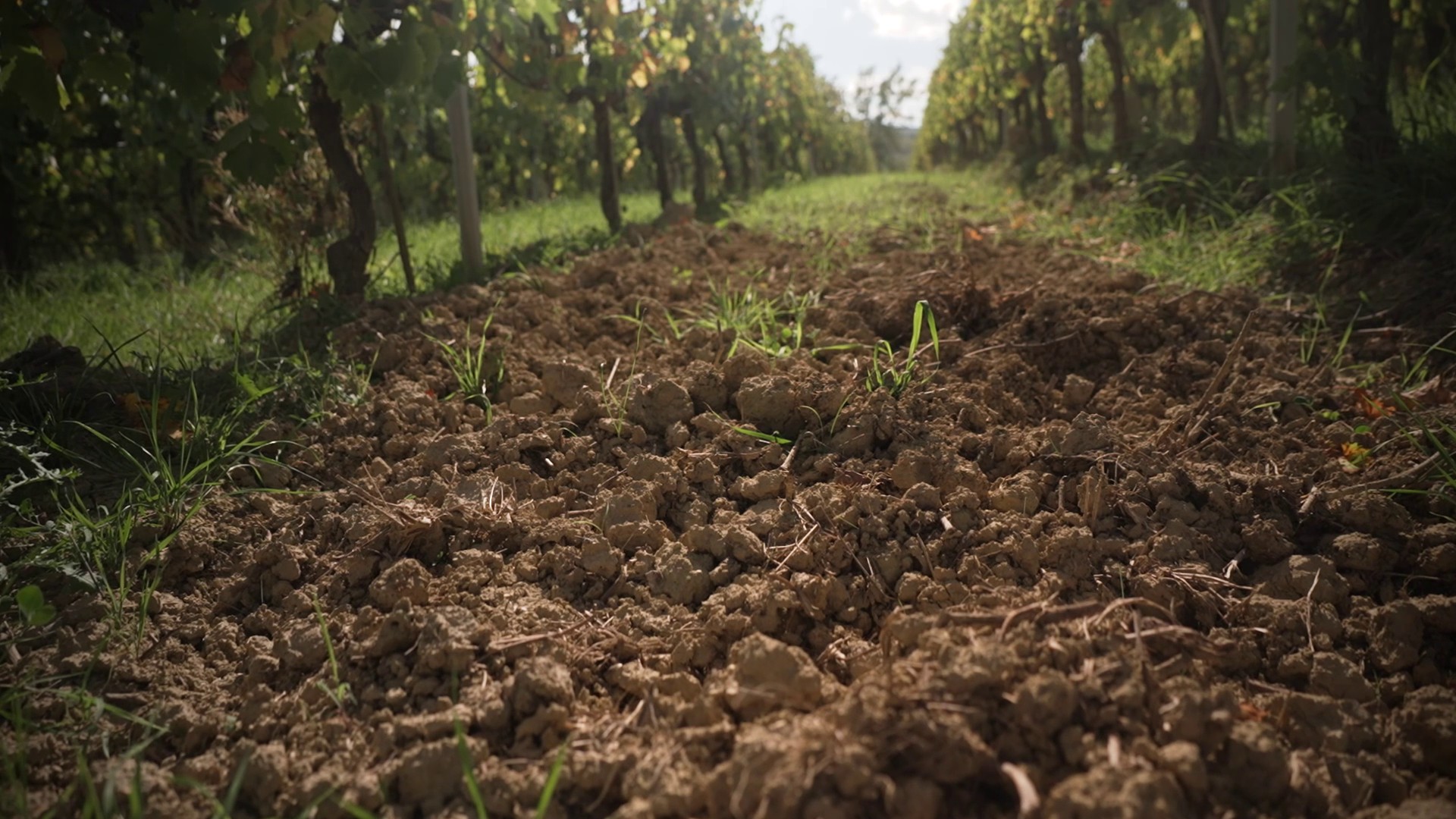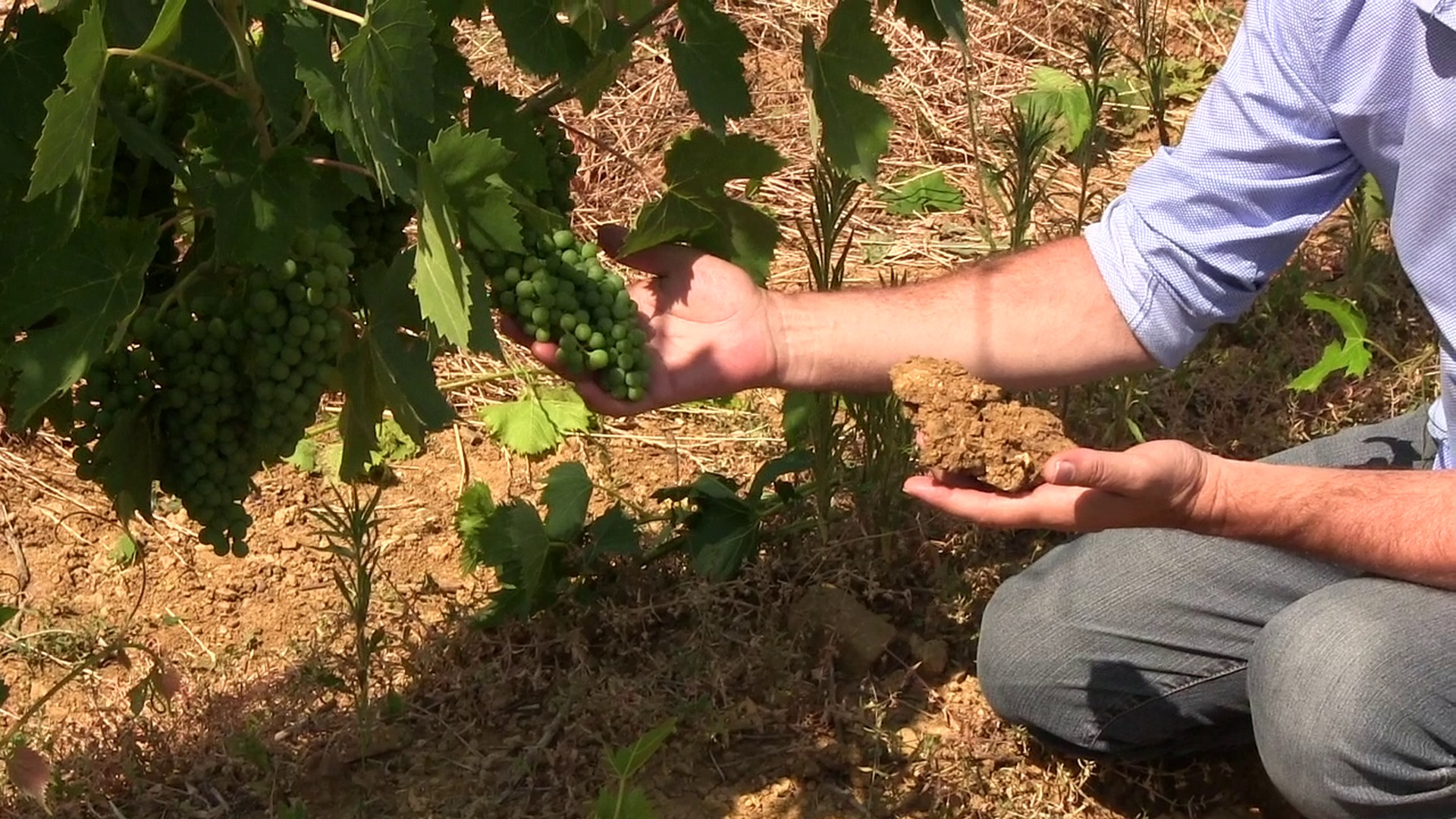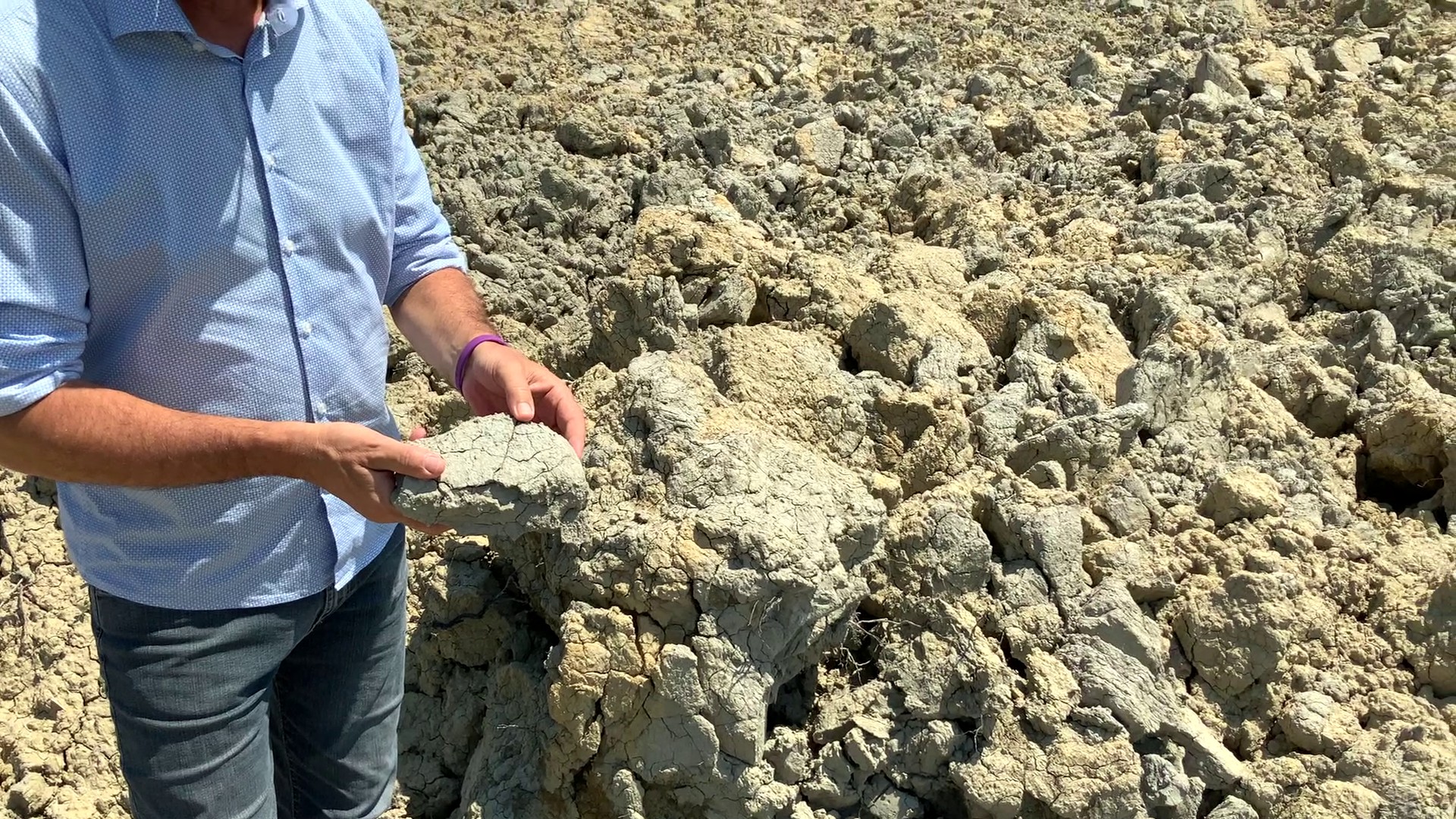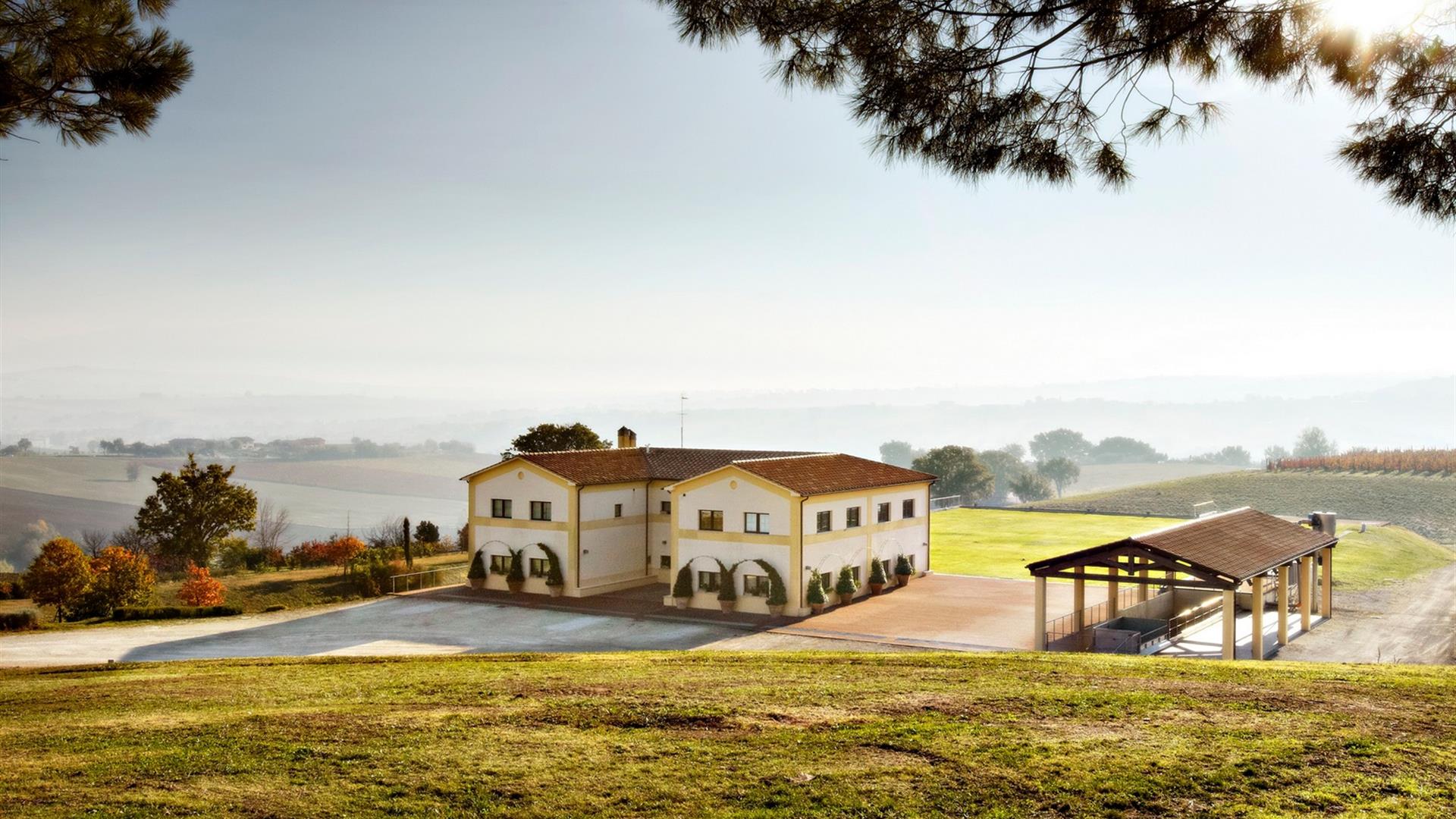Wine terroir: the character of the land and the great Italian examples
What is meant by the term “terroir”
The elements that define the terroir
- Soil: clay, sandy, calcareous, volcanic, capable of draining or retaining water; each type of soil affects the vine’s root system differently, influencing the wine’s minerality and structure.
- Climate and microclimate: average temperature, temperature variations, and rainfall determine the ripening and aromas of the grapes.
- Altitude and exposure: the slope of the land and the amount of sunlight received affect photosynthesis, grape ripening, sugar concentration, and the freshness of the wine.
- Grape variety: each variety adapts differently to a given environment, producing specific results.
- Human factor: finally, pruning, winemaking, and aging techniques represent the cultural component of the terroir, complementing its natural aspect.
Terroir, therefore, is not simply the sum of its elements: it is a dynamic balance, the result of the continuous interaction between nature, time, and human work.
Italian wine terroirs: notable examples
The terroir in Tenute del Cerro
Còlpetrone
